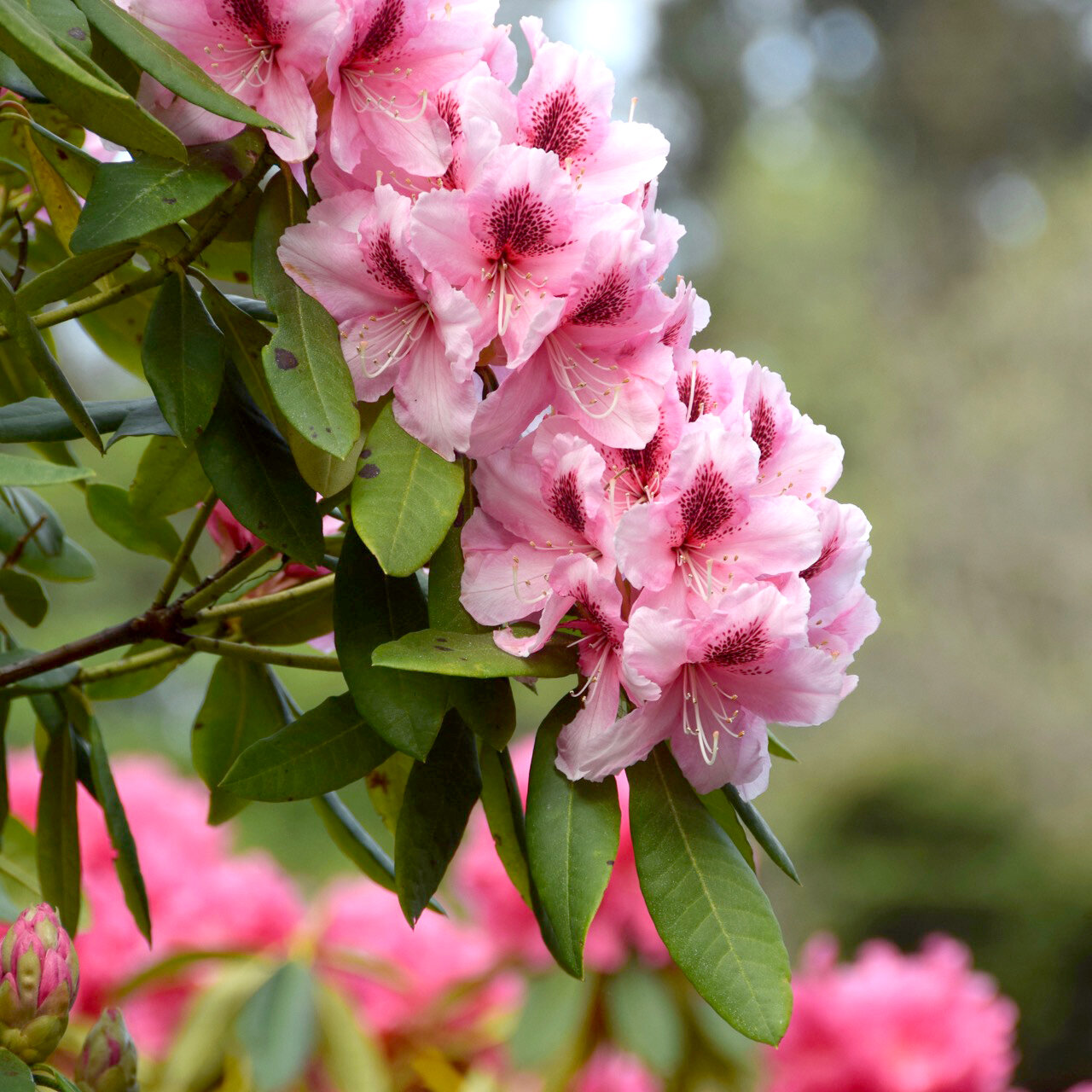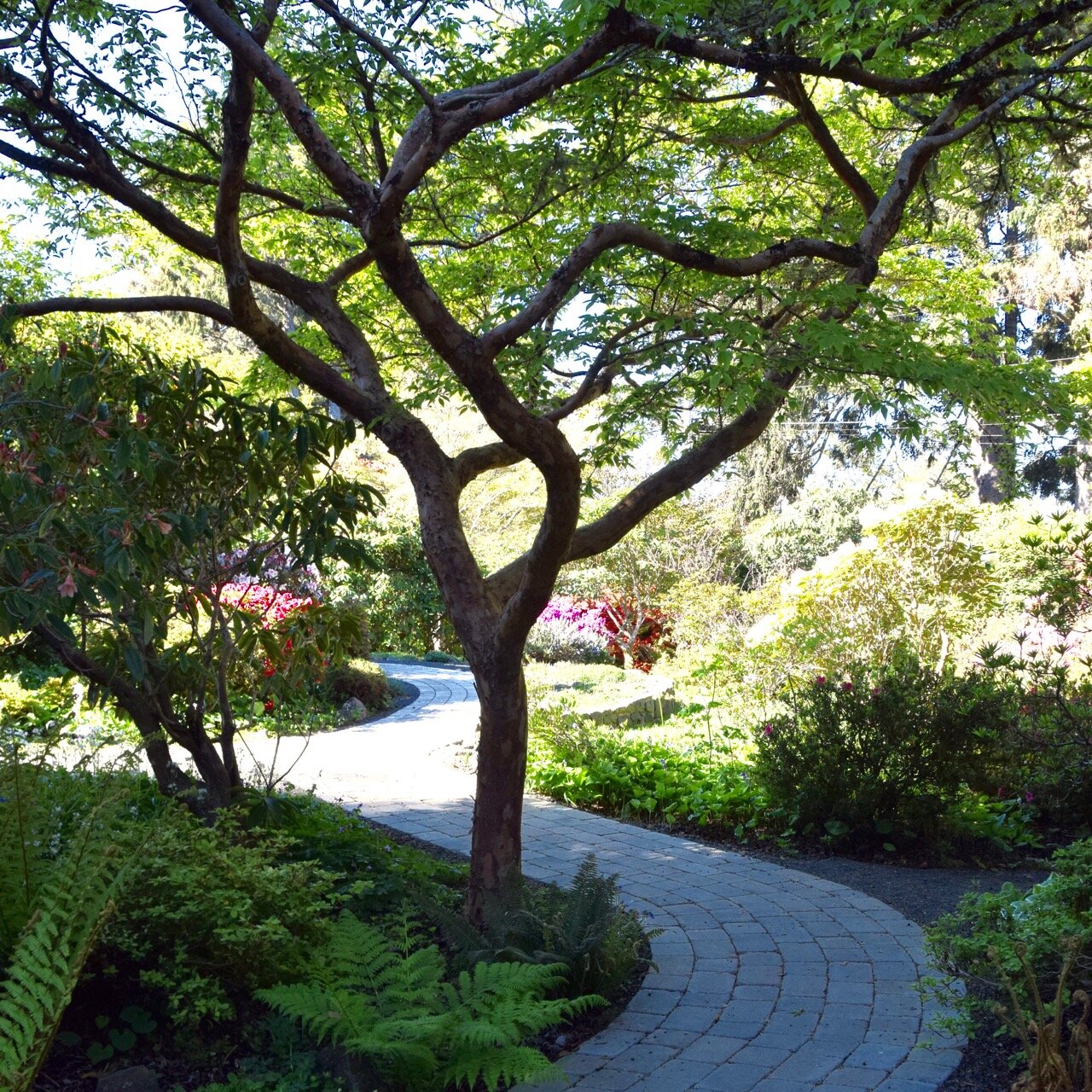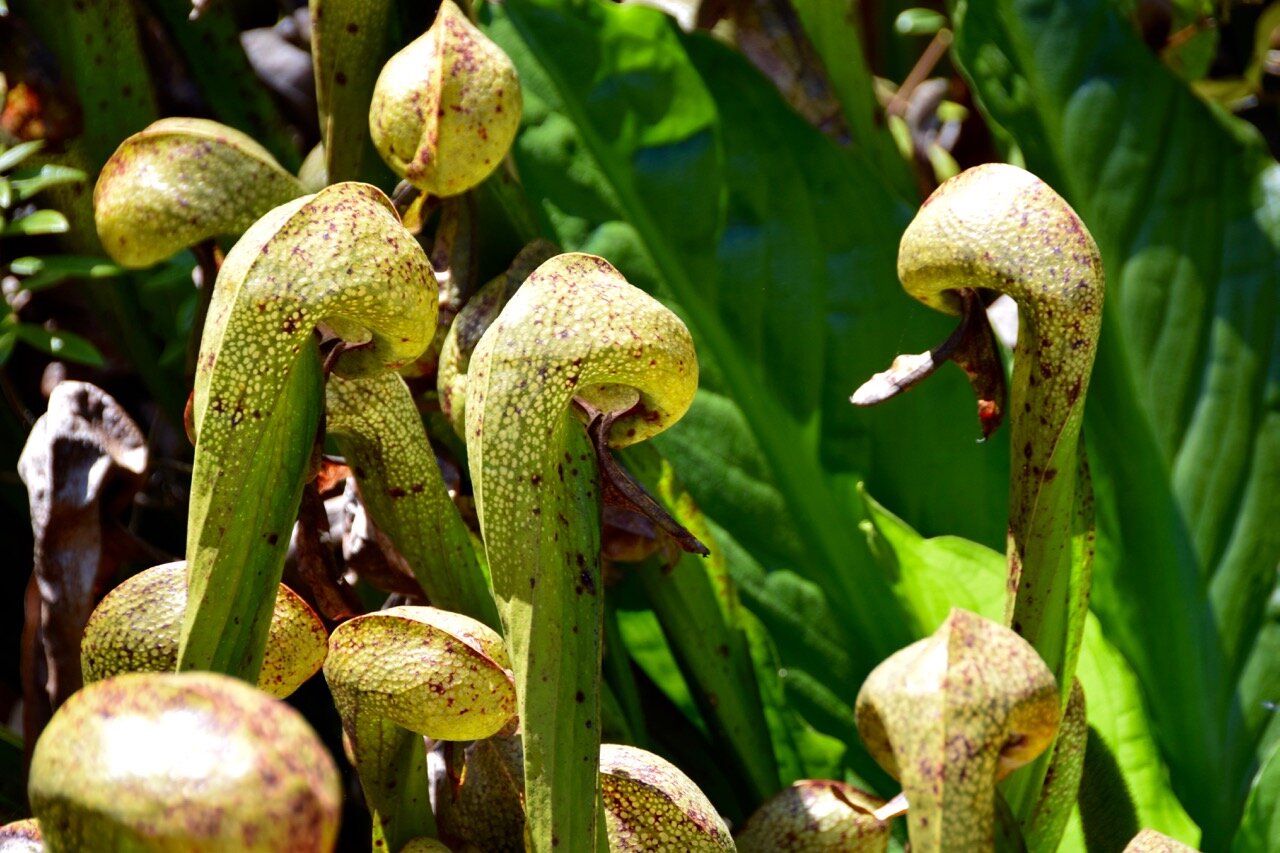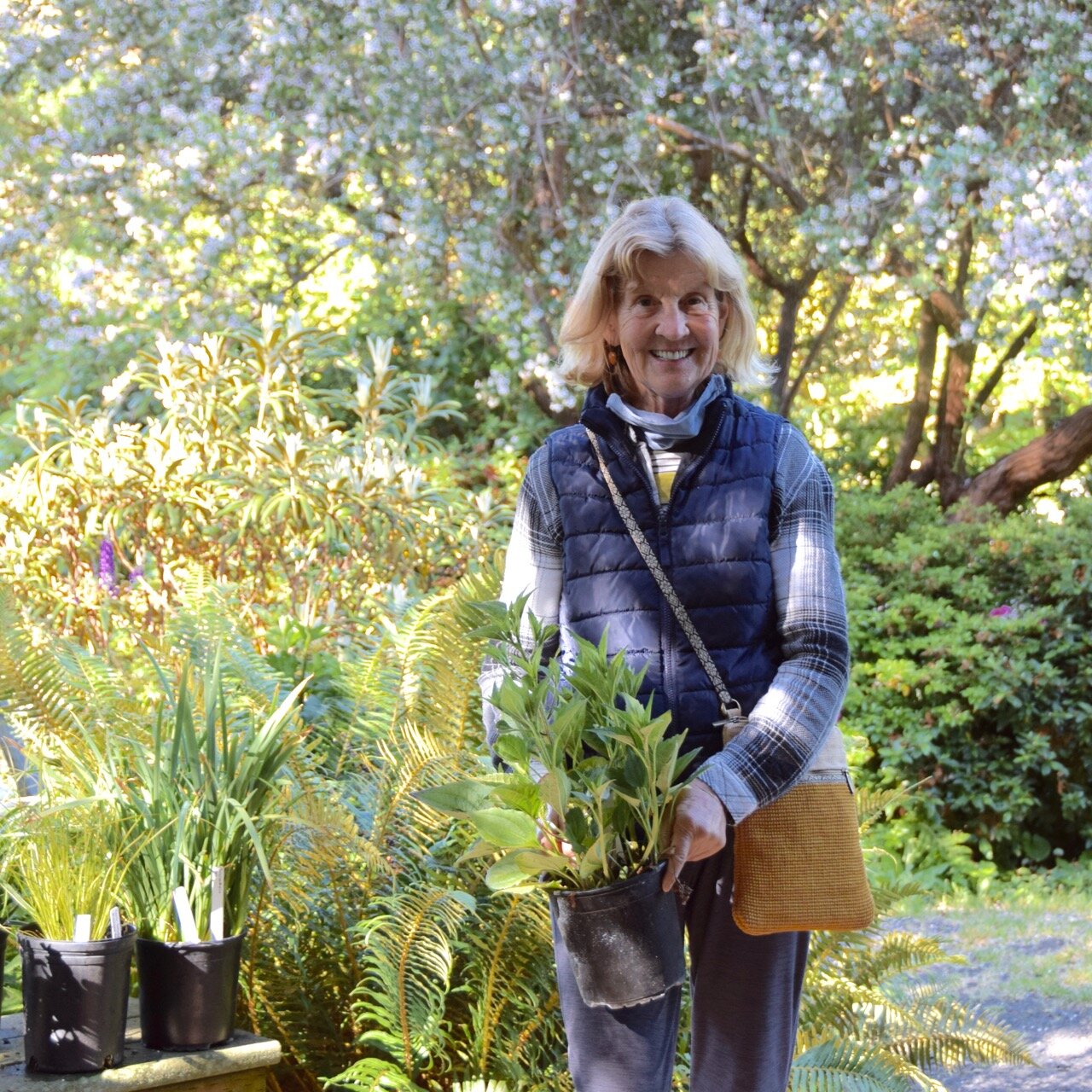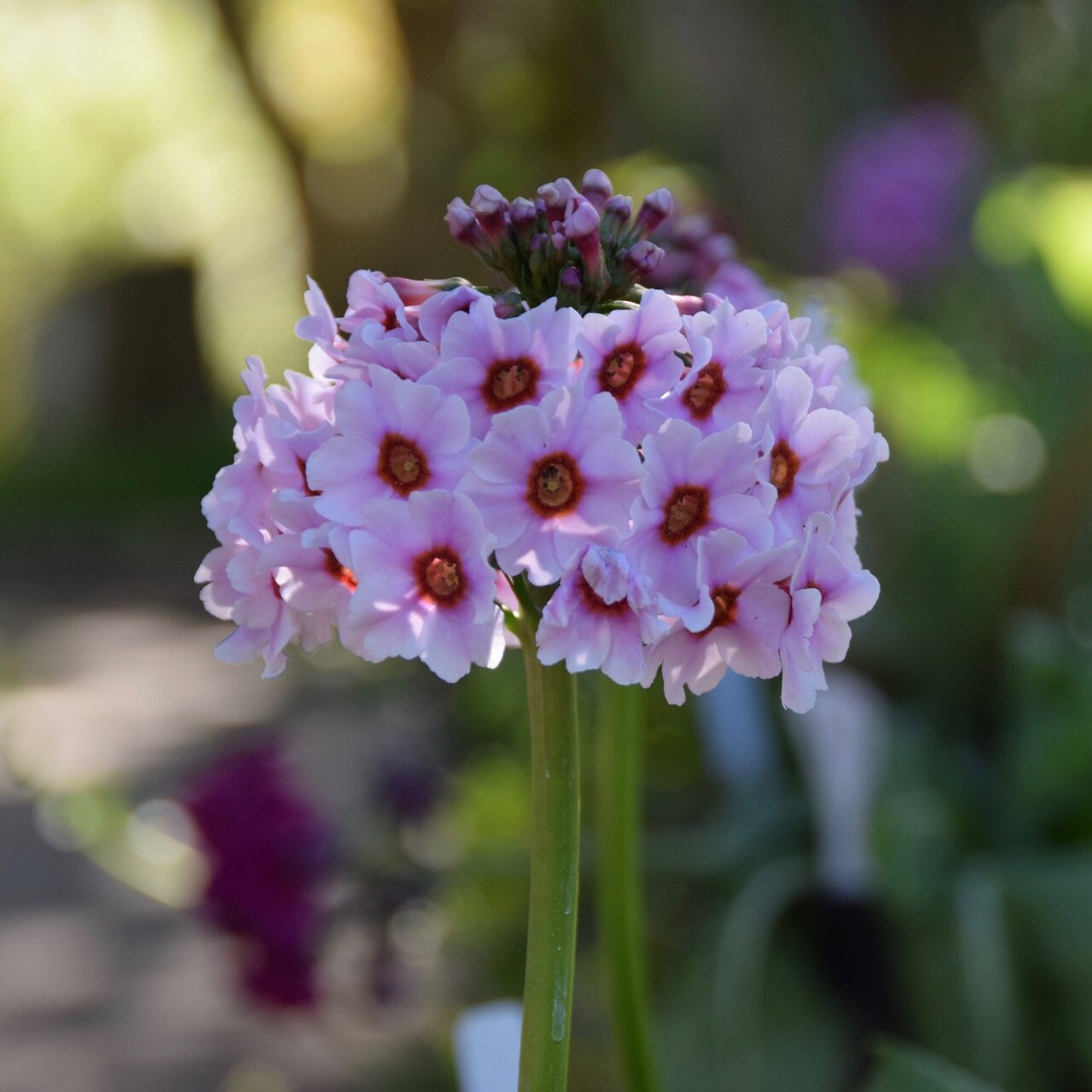Pinkie promise
Find solace in nature as Oregon Coast gardens hit full bloom
Story & photos by Gretchen Ammerman
Oregon Coast TODAY
If you are looking for something positive to take away from the months of COVID-19 quarantine, it’s that while most humans were stuck indoors, nature was thriving.
Now that restrictions have been lifted, you can visit some of the flora that thrives on the Central Coast in three public gardens, one a non-profit run by volunteers, one privately owned and one a state park natural area. But please, continue to practice social distancing and wear a mask if others are present.
The Connie Hansen Garden is a favorite spot for Lincoln City residents and is regularly listed as one of the best public gardens in Oregon. It’s named after botanist Connie Hansen, who slowly acquired the property around her home on NW 33rd Avenue until her holdings included the whole darn block. Over the years, she filled the lot with rhododendrons and other flowering plants and trees, creating an oasis in the middle of a bustling town.
When Hansen died in 1993, a group came together and created a non-profit to preserve the garden, which is open every day from 9 am to 5 pm. Pets are allowed but must be leashed and the paved pathways include some that are wheelchair-accessible.
Though the prize rhododendrons are now beginning to lose their blooms, the sheer variety of plants at CHG ensures there will be colorful blossoms through the early summer. And though the property is only a square block, the variety of paths take you through dense trees and over lovely little wooden bridges, and can provide a truly peaceful nature bathing experience.
Admission is free but you can support the non-profit that manages the garden through donations and through purchases of plants at the self-serve tables located in front of the gift shop (currently closed). For more information, go to www.conniehansengarden.com.
The Gerdemann Botanic Preserve in Yachats started as a test garden, but is now a serene place to view rare and unusual plants from all over the world, including eclectic collections of magnolia, camellia and rhododendron species and hybrids. The garden is open to the public year-round for self-guided tours, with access via a footpath found behind the Earthworks Gallery in the north side of town.
My favorite piece of fauna among all these flowering species was a grand old Sitka spruce that spanned a creek and was estimated to be at least 300 hundred years old.
The paths are a bit rough, so this site is not recommended for wheelchairs, though strollers with rugged tires would probably fare just fine. Admission is free but donations are welcome. Dogs, however, are not.
Appointments to experience the park with a docent are currently on hiatus, but you can stay updated on when they, and the occasional free group walks that previously took place throughout the year, will start back up again by checking on the garden’s Facebook page, www.facebook.com/gerdemannbotanicpreserve.
You’ll have to stop yourself from chanting “Feed me Seymour, feed me!” when you visit the Darlingtonia State Natural Site, a small but quite dense collection of the native carnivorous cobra lily.
This spot was on my bucket list for years, so I was surprised when I finally visited to find that the parking lot, about five miles north of Florence, is seconds from Highway 101 and it takes only a very short walk to get to the plants.
A wheelchair-accessible elevated walkway curves for less than a mile just above a wetland filled to the brim with the plant that needs no extra marketing as it actually survives by killing and eating insects.
It sounds a bit like a horror movie in miniature — lured in by lubricating secretions then forced into the tube-shaped body by downward-pointing hairs, the potential meal must try to find one tiny exit hole from amount multiple translucent false exits. Once exhausted from trying many times to get free, the prey will finally will fall down into a pool of digestive enzymes. Slippery walls and hairs surrounding the pool continue to prevent the trapped prey from escaping until it finally succumbs to what must be a real bummer of a death.
I saw nothing to indicate that dogs weren’t allowed, and the path and walkway are definitely wheelchair accessible.
Insider tip: if you are wearing pants or a skirt in a sheer fabric, do NOT sit down on the walkway to try to get a more artistic shot of the lilies unless you want a butt full of splinters.
For more information, go to the Darlingtonia State Natural Site at oregonstateparks.org.

